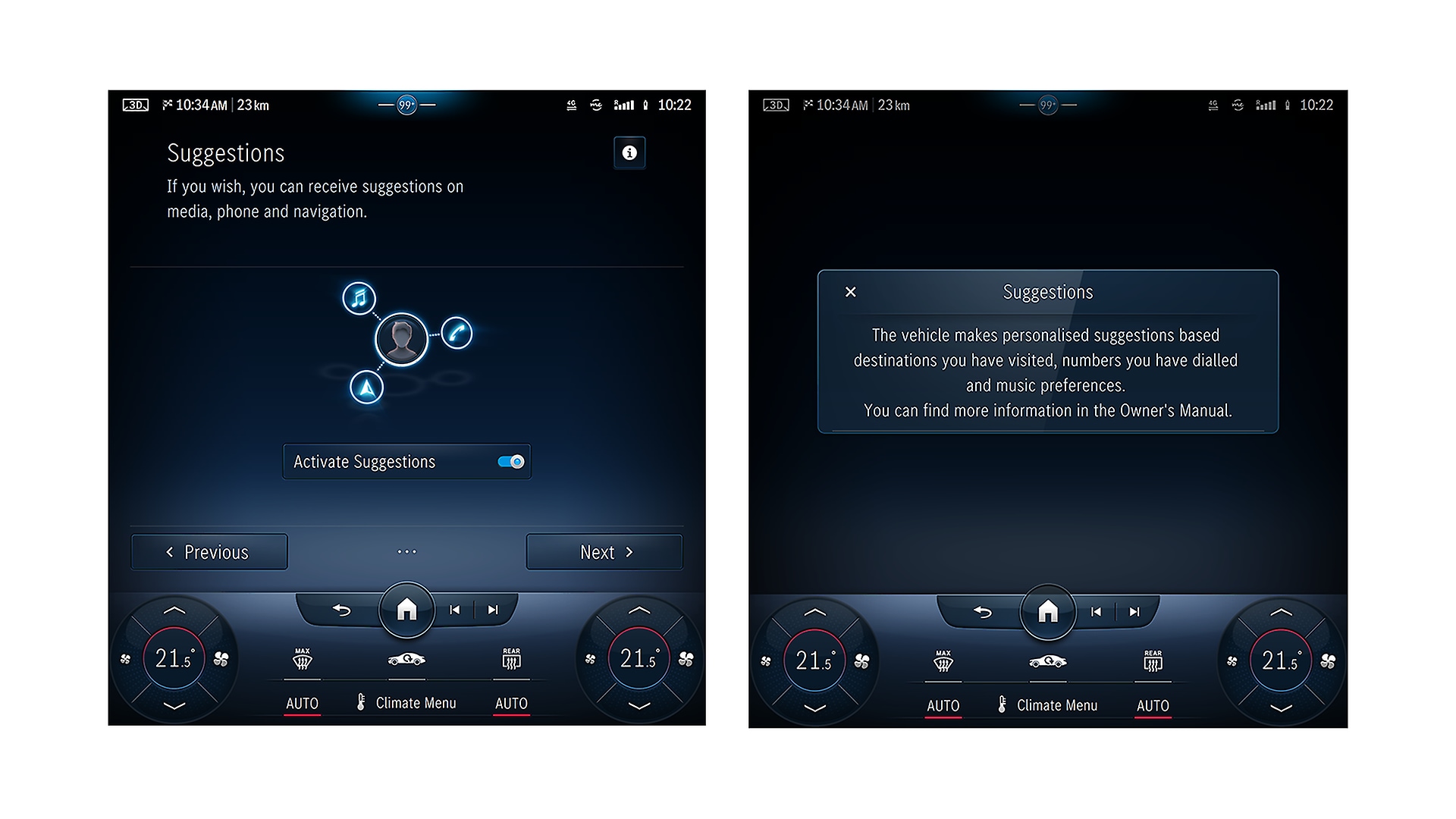To enable highly automated vehicles (Level 4) to drive in defined areas on public roads in the future, the German Road Traffic Act was specifically amended. The law on automated driving came into force as long ago as 2017 and a further step towards regular operation was taken with the law on autonomous driving , adapted in 2020. In accordance with the amendments to the law, vehicles with automated driving functions must have those technical systems that enable the vehicle to comply independently with traffic regulations directed at the guidance of the vehicle. This may sound simple at first - but is very ambitious in terms of practical implementation. After all, the German Road Traffic Act (StVO) that defines the applicable traffic regulations in Germany is not designed as a template for programming technical systems.
"Our developers and programmers couldn't just take the Road Traffic Act and load it into their systems," explains Höhmann. "Nevertheless, together we have found a way here to translate the Road Traffic Act into machine language, so to speak." In months of work, he and the many other colleagues involved from the legal and compliance department, development, product safety and certification have examined every individual regulation of the Road Traffic Act and worked out ways of applying and implementing it technically. "The result of this cross-divisional collaboration is the Daimler Automated Driving Requirements - DADR for short. They help us to implement the complex requirements in terms of law, ethics and product safety," says Höhmann, pleased with the success. Thanks to his expertise in vehicle development on the one hand, and in law and compliance on the other, he acts as a kind of translator between the various specialist units in his job on a daily basis. It is this interdisciplinary work that Höhmann values so highly: "Without the expertise of a wide range of specialist colleagues and units, this project, which was implemented for Germany as a first step, would not have been possible."
Another project in which Höhmann has been involved in recent months as part of Mercedes-Benz' technical Compliance Management System (tCMS) also shows just how multi-faceted the challenges involved in automated and connected driving can be. The tCMS supports engineers, among other things, faced with challenging questions of interpretation as well as technically complex and unclear legal frameworks in product development.
"The issue here was what our benchmark should be for evaluating the performance of our automated driving systems when we talk about safety or compliance with traffic rules. For example, should our systems on the road be based on the driving behavior of an average driver or that of a professional driver?" is the way Höhmann describes the basic problem. This is not an easy decision for the developers, because in addition to technical requirements, a wide range of legal and ethical aspects have to be taken into account. "Because of this complexity, this issue was dealt with as part of the Mercedes-Benz tCMS clearing process," says Höhmann. In this process, issues that are complex and need to be weighted up, are evaluated and decided in interdisciplinary committees, in particular taking into account a range of technical, legal and certification-relevant criteria. Höhmann himself was part of the clearing team that examined the facts and prepared them for a decision.
,xPosition=0,yPosition=0.5)









,xPosition=0.5,yPosition=0)